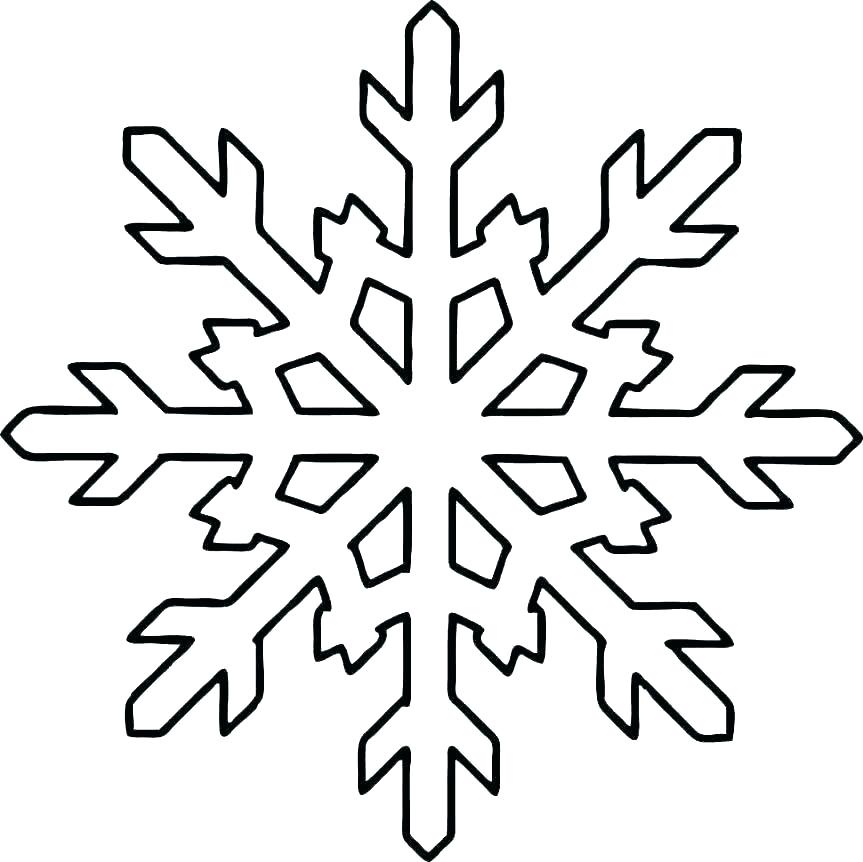

Some writers will find this produces helpful frameworks for their novels while others will find they write synopses that feel constricted and lifeless. Again, this will produce a document that can be useful for querying agents and publishers. This time, the writer takes those five sentences from the summarising paragraph and expands each one into a paragraph of its own. Step four returns to the plot and involves creating a brief synopsis. Writers who prefer to develop their characters more organically may want to skip this step or may want to use only parts of it such as sketching out key motivations.

This exercise can be helpful for the writer who struggles with fleshing out characters. In step three, the writer does a one-page summary sheet for each main character that reviews that character’s major goals, conflict, motivation and epiphany and summarises the story from the point of view of that character. Ingermanson suggests five sentences with the first one consisting of the setup, the next three describing the main conflicts or in his words ‘disasters’ and the final one wrapping up the story. Step two also has application for the querying phase of selling a book here, the writer expands to a paragraph of description.
This also is something a writer will need to learn to do effectively for the query letter phase. This step is helpful for nearly every writer because it forces the writer to focus concisely on the most crucial elements of the story. Ingermanson recommends that this be fewer than fifteen words and that it combine the overall larger story with the personal journey of the protagonist. In step one, the writer comes up with a one-sentence description of the novel. Understanding the ten steps of the snowflake method can help writers decide what parts may be useful and whether they want to follow the entire programme or adapt parts of it for their own uses. This can be helpful to the writer who sits down at either the beginning of a novel or just an outline, writes “Chapter One” and then becomes intimidated at the thought of all the empty pages ahead. Ingermanson takes a different tack with his snowflake method he invites fellow writers to take or leave parts or the entire method depending on whether or not it works for them.Īt the core of the snowflake approach is a great motivator for fiction writers: the method starts small, with a single overarching idea, and invites the writer to begin expanding the idea from that central point. Having found an approach that works for them, they may imply that anyone who deviates from their method is doing it wrong. Sometimes, writers and writing instructors can be dogmatic about the fiction-writing approach they choose. Developed by writer Randy Ingermanson, the snowflake method can be particularly helpful to writers who prefer to plan extensively before setting out to write a novel. There are nearly as many way s to approach writing a novel as there are writers, but many swear by an approach known as the snowflake method.


 0 kommentar(er)
0 kommentar(er)
